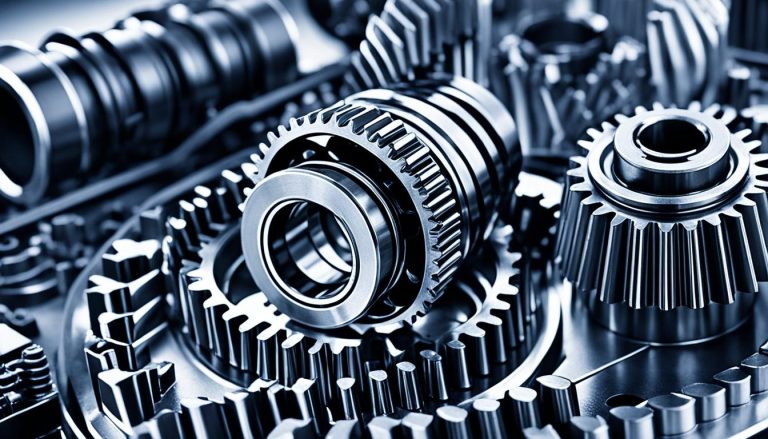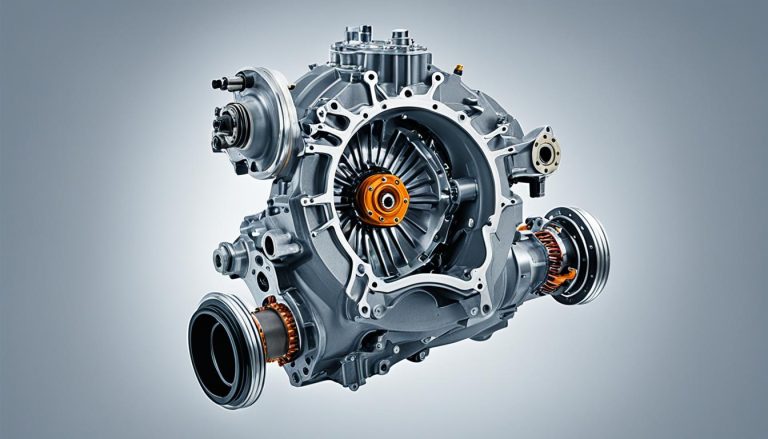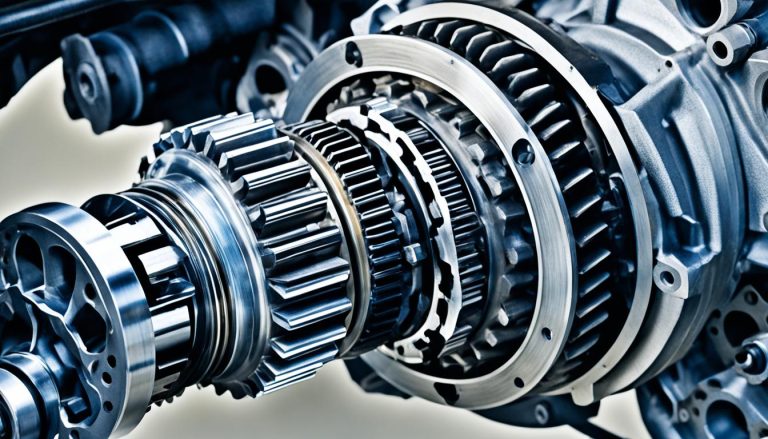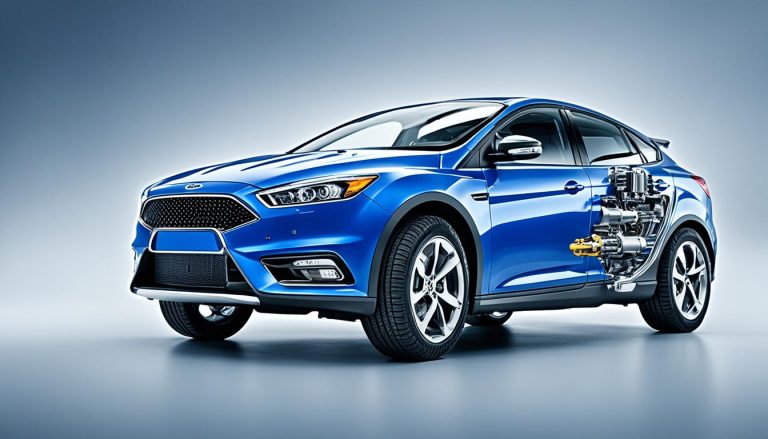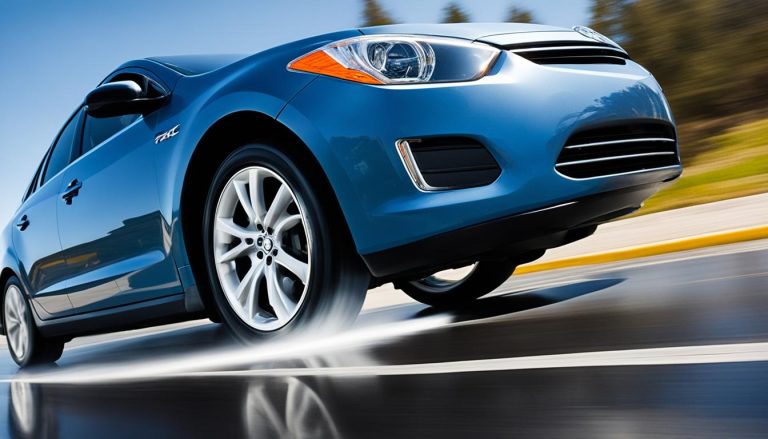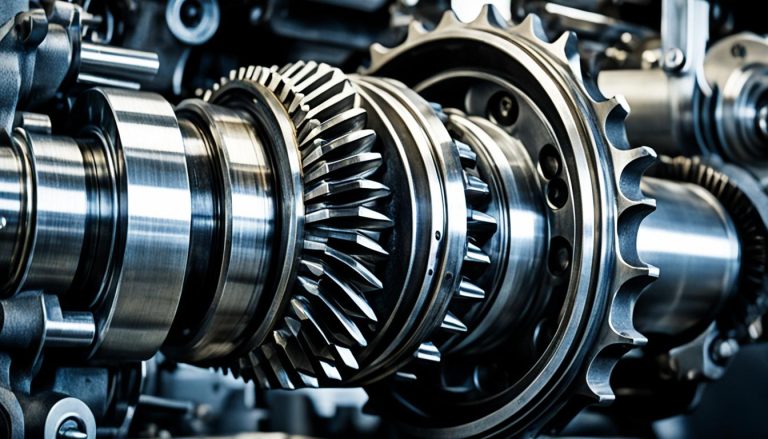Locking Rear Diff vs Limited Slip: Which Wins?
When you’re blazing trails and conquering terrains off the beaten path, the mechanics beneath your ride make all the difference. As you weigh your options between a locking rear diff and a limited slip differential, it’s essential to understand how each system elevates your off-road capabilities and enhances traction control. Whether you’re splashing through muddy trenches or scaling rocky inclines, the type of differential lock you choose can turn challenges into triumphs.
Key Takeaways
- Locking rear diffs send equal power to both wheels, ideal for serious off-road challenges.
- Limited slip differentials provide better traction and stability for everyday and moderate off-road use.
- A locking differential lock excels in muddy or snowy conditions where one wheel might lose grip.
- While limited slips automatically manage power distribution between wheels, optimizing momentum.
- Your choice should align with your vehicle’s intended use, from high-octane racing to routine commutes.
Understanding Differentials in Four-Wheel Drives
If you’re drawn to the allure of four-wheel drive vehicles, it’s essential to grasp the role that differentials play in your driving experience. An everyday hero for most vehicles is the open differential, a pivotal component in the differential gear system. Its chief responsibility is to allow each wheel to spin at different speeds, particularly important when cornering, as the inside wheel needs to travel a shorter distance than the outside wheel. This basic but ingenious design is what provides you with a smooth ride during your daily commute or leisurely drives.
Yet, when you leave the beaten path and aim to conquer tricky terrains, advanced systems like auto-locking differentials or limited-slip differentials (LSD) come into play. The auto-locking differential kicks in automatically to distribute torque evenly to both wheels on an axle, vital when traversing uneven landscapes. This upgrade in your four-wheel drive system is what prevents you from getting stuck when one wheel loses traction by ensuring the other wheel can still propel you forward.
The complexity of differentials and their specific uses in various driving scenarios might seem daunting, but understanding their functions can greatly enhance your off-roading strategy or simply inform your vehicle purchase decision. Keep in mind, while traditional open differentials excel on paved roads and mild conditions, the rough and unpredictability of off-road trails might necessitate the robustness of an auto-locking differential.
- Open Differential: Ideal for regular driving conditions, ensuring a comfortable ride with competent handling.
- Auto-Locking Differential: Leverages traction advantages, especially in conditions where grip is compromised, enhancing the off-road capabilities of your four-wheel drive.
Ultimately, the choice of differential for your four-wheel drive hinges on your driving demands. If you’re someone who faces a variety of driving environments, you might want to consider a vehicle equipped with an LSD or an auto-locking differential to balance both worlds of performance and comfort.
The Mechanics of Locking Rear Differentials
As a four-wheel drive enthusiast, you’re likely familiar with the term locking rear diff, but how much do you know about the mechanics behind this critical component for off-road performance? Whether you’re navigating rocky terrains or embarking on an adventurous trail, understanding the workings of locking rear differentials can significantly enhance your vehicle’s capabilities.
How Locking Differentials Work
At the core of a locking rear differential is a mechanism that allows both wheels on an axle to rotate at the same speed. Unlike an open differential where wheels can turn independently, a locking diff ensures that when you encounter an obstacle, power is evenly distributed to maximize traction. This can be particularly helpful when one tire is off the ground. Auto-locking differentials take convenience one step further by automatically engaging the lock when slip is detected, freeing the driver from manual engagement.
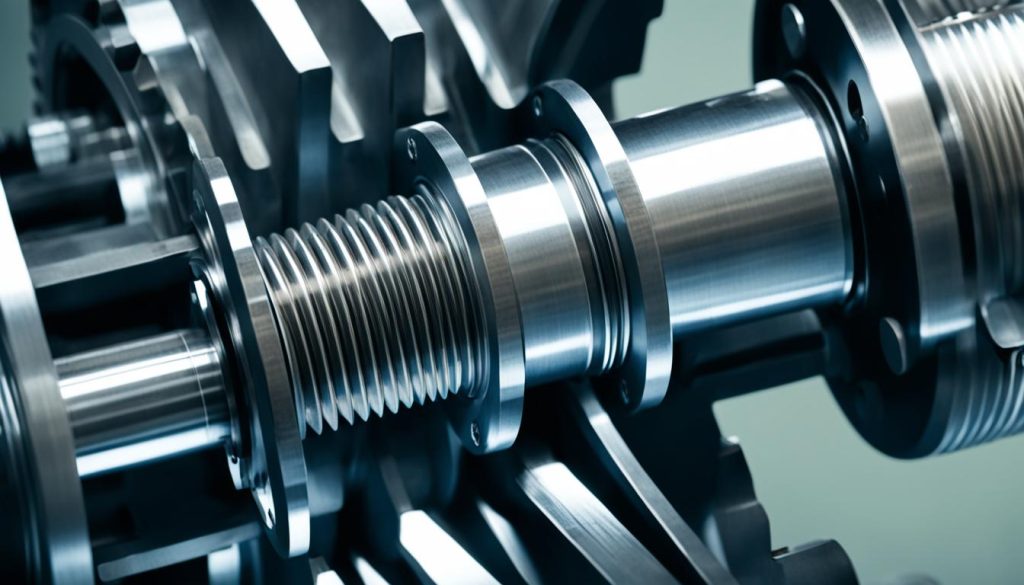
Benefits of Locking Rear Diffs in Extreme Conditions
- Durability: Locking rear diffs are built to withstand tough conditions without faltering.
- Reliability: They offer constant performance, giving you peace of mind during off-road excursions.
- Improved Traction: In uneven terrains, they help maintain forward momentum by preventing wheel slip.
- Maintenance-Free: Once installed, they require little to no maintenance, allowing more time for exploration.
Drawbacks and Considerations for On-Road Use
While locking rear differentials are stellar for off-road performance, they have limitations on paved roads. The most notable drawback is tire wear, as tires are forced to rotate at the same speed even when turning, causing additional friction. Furthermore, some drivers may notice a distinctive sound or a somewhat jerky response when the locking mechanism engages or disengages. These factors are important to consider if you’re toggling between city driving and weekend off-road adventures.
| Feature | Benefit | Drawback |
|---|---|---|
| Equal Power Distribution | Maximizes traction in low-grip situations | Can increase tire wear during regular on-road use |
| Automatic Engagement | Driver need not manually activate the diff lock | Potential noise during activation/deactivation |
| Low Maintenance | Requires minimal upkeep, even with heavy use | May not be as smooth as open differentials on highways |
Diving Into Limited Slip Differentials (LSD)
When you’re navigating the roads, the ability to maintain control is paramount. That’s where limited slip differentials, or LSDs, play a critical role in providing traction control. As a savvy driver, understanding the mechanics and benefits of different LSDs can help you make informed decisions for your vehicle’s performance needs.
Mechanical LSDs utilize a system of clutches to modulate power between wheels. When slip differential is detected, they effectively distribute torque to the wheel with better grip. This classic LSD approach is beloved by drivers for its reliability and mechanical simplicity.
In contrast, electronic LSDs (eLSDs) leverage advanced sensors and computer algorithms to optimize traction. They intelligently adjust power distribution, perfect for the tech-savvy driver aiming for precision handling. Meanwhile, viscous LSDs use a fluid-based mechanism to even out wheel rotation speeds. Lastly, Torsen or Helical LSDs rely on worm gears to automatically deliver torque without the need for electronic intervention or fluid viscosity.
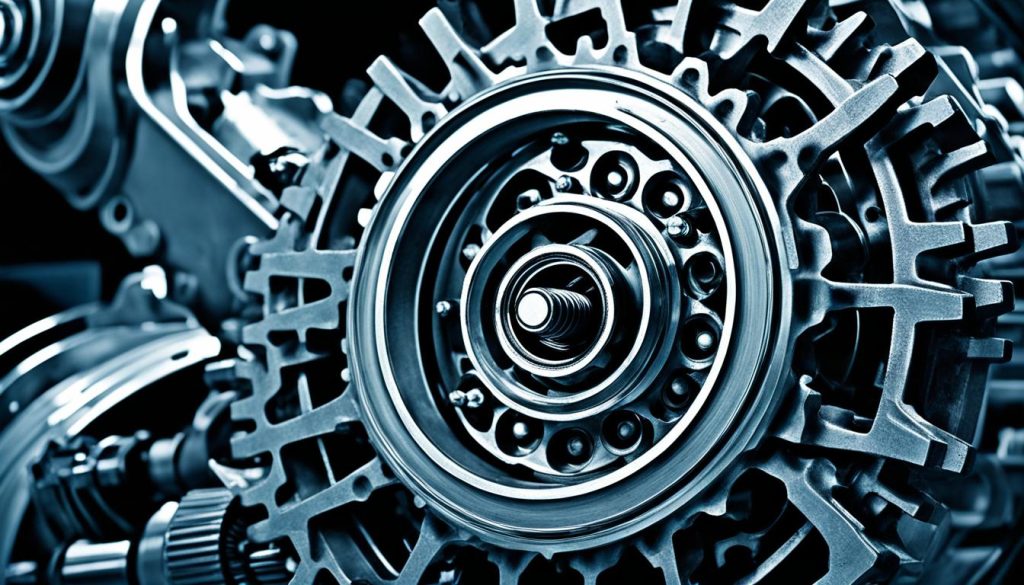
Each type of LSD caters to different driving conditions and preferences. If you’re keen on a refined road experience and tire preservation, LSDs have you covered with their virtually silent operation and less frequent maintenance demands. However, note that they do come with more complex design and might bear higher upkeep costs compared to more rudimentary systems.
| Type of LSD | Noise Level | Maintenance Frequency | Suitability for Grip-Loss Situations |
|---|---|---|---|
| Mechanical | Low | Moderate | High |
| Electronic (eLSD) | Very Low | Low | Very High |
| Viscous | Low | Low | Medium |
| Torsen/Helical | Very Low | Very Low | Low |
While they may not rival locking differentials in extreme off-road scenarios, LSDs hold their own, offering a balance that makes them prime candidates for performance vehicles and even some trucks structured for off-road engagement. Knowing the distinctions between these LSD types equips you with insight for the next step in enhancing your ride’s traction capabilities.
Comparing Traction Control: Locking Rear Diff vs Limited Slip
When your adventures lead you onto rugged trails or you face inclement weather conditions, the type of differential your vehicle is equipped with becomes critically important. Let’s delve into the world of traction control and understand how differential lock and slip differential play a role in your off-road performance and day-to-day driving stability.
How Traction is Affected by Differential Type
The choice of differential—be it a locking rear diff or a limited slip—can make or break your traction control system. If you’re negotiating harsh off-road terrain or attempting a steep rock face, an auto-locking differential ensures that power is equally distributed, no matter the discrepancy in wheel traction. This translates into formidable off-road prowess. On the flip side, limited slip differentials are adept at providing traction in everyday conditions—think rain-slicked roads or shallow gravel, where they subtly adjust the power between your wheels, keeping you steadfast and secure.
Traction Scenarios: Where Each Type Excels
In the realm of off-road performance, the locking rear diff reigns supreme. It’s the go-to choice for those who demand the best traction control when the going gets tough. Whether you’re facing a sheer climb or a mucky path that lesser vehicles could not traverse, the differential lock ensures you continue forward, undeterred. Meanwhile, limited slip differentials cater to those who prioritize a balance between seamless daily drives and the occasional adventurous detour. The slip differential offers a gentler, more automatic traction management, making it ideal for a broad spectrum of driving scenarios. So, examine your needs closely, and select the system that best suits the terrain you most often conquer—your vehicle’s capability depends on it.
FAQ
What is the difference between a locking rear diff and a limited slip differential?
A locking rear differential, or differential lock, ensures equal power delivery to both wheels on an axle, which is particularly useful in severe traction-compromised scenarios. A limited slip differential (LSD), on the other hand, limits the slip between wheels on the same axle, diverting more power to the wheel with better grip, which is more suited to daily driving and moderate off-roading.
When would I need a locking rear differential?
You would benefit from a locking rear differential if you require superior off-road performance, particularly in situations like rock crawling, driving through mud, snow, or any other extreme low-traction conditions where one wheel might experience significantly less grip than the other.
Are there different types of limited slip differentials?
Yes, there are several types of LSDs including mechanical, electronic (eLSD), viscous, and Torsen or Helical LSDs. Mechanical LSDs use multi-plate clutches, eLSDs operate based on computer control, viscous LSDs utilize a fluid to moderate wheel spin, and Torsen LSDs rely on worm gears to distribute torque.
Can a locking rear differential be used on regular roads?
While locking rear differentials can be used on regular roads, they may lead to increased tire wear, noise, and a less comfortable driving experience during engagement and disengagement due to the forced uniform rotation of wheels. They are primarily designed for off-road conditions.
Does a limited slip differential improve on-road driving?
Yes, LSDs enhance on-road driving by offering better traction control, especially in conditions like rain or snow. They are quieter, help preserve tire life, and provide a smoother driving experience compared to locking differentials when not off-roading.
What is an auto-locking differential, and how does it differ from a manually engaged locking differential?
An auto-locking differential automatically engages when it detects slip, providing optimal traction without driver intervention. A manually engaged locking differential requires the driver to activate the lock, usually via a switch or lever inside the vehicle, which can offer more control to the driver in off-road conditions.
How does a differential affect a vehicle’s traction control?
Differentials significantly impact traction control by managing how power is distributed between the wheels. Locking differentials ensure equal power delivery, which is crucial for high-traction needs off-road. Limited slip differentials provide better traction control by adjusting power distribution to the wheels during less extreme driving conditions.
In what scenarios would a limited slip differential excel over a locking differential?
A limited slip differential would excel in everyday driving conditions such as wet or slippery roads, and in moderate off-roading. It automatically adjusts power between the wheels, which makes it more suitable for times when mild to moderate wheel spin is encountered.

